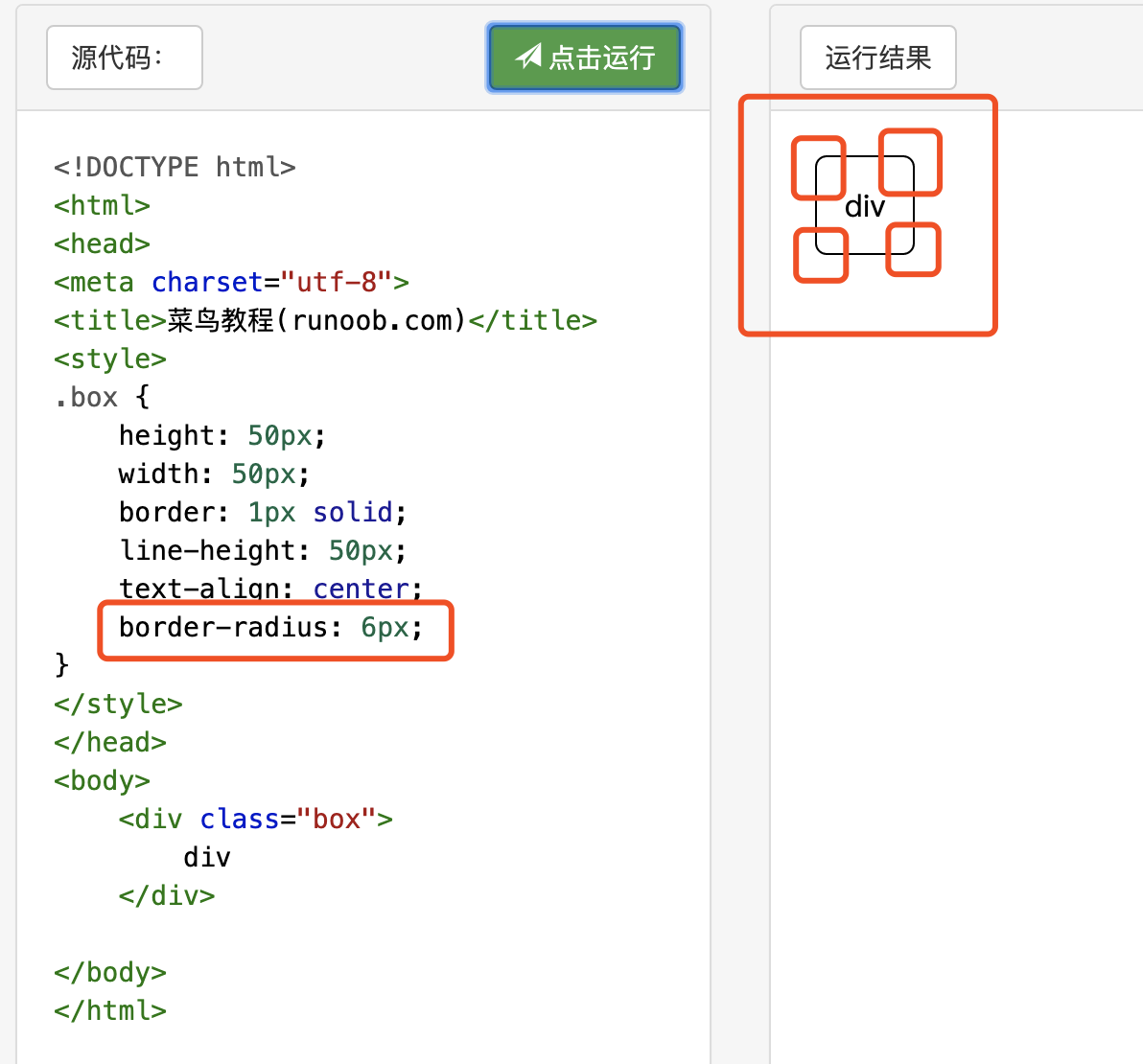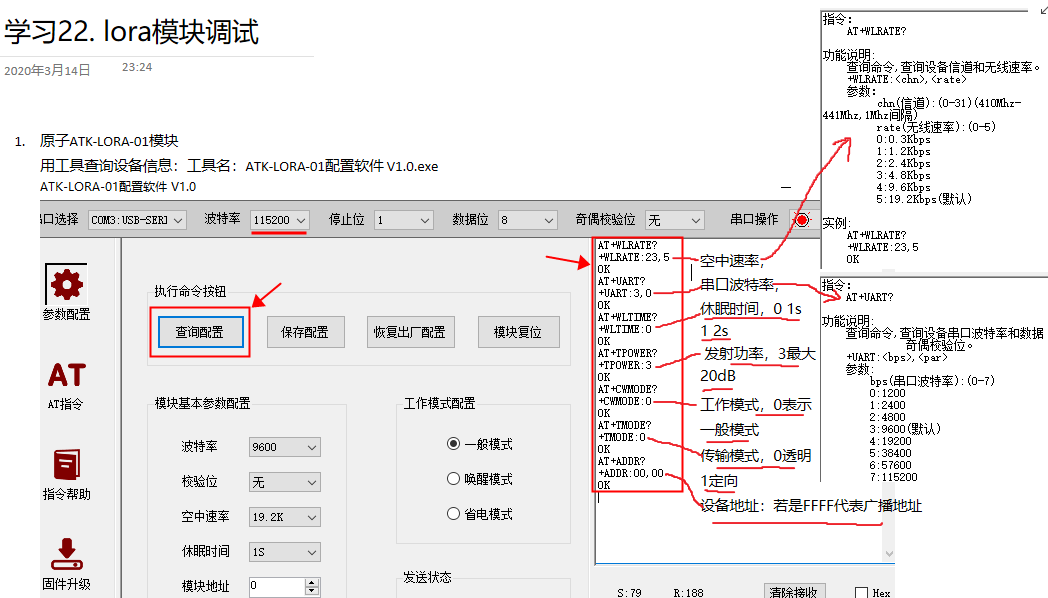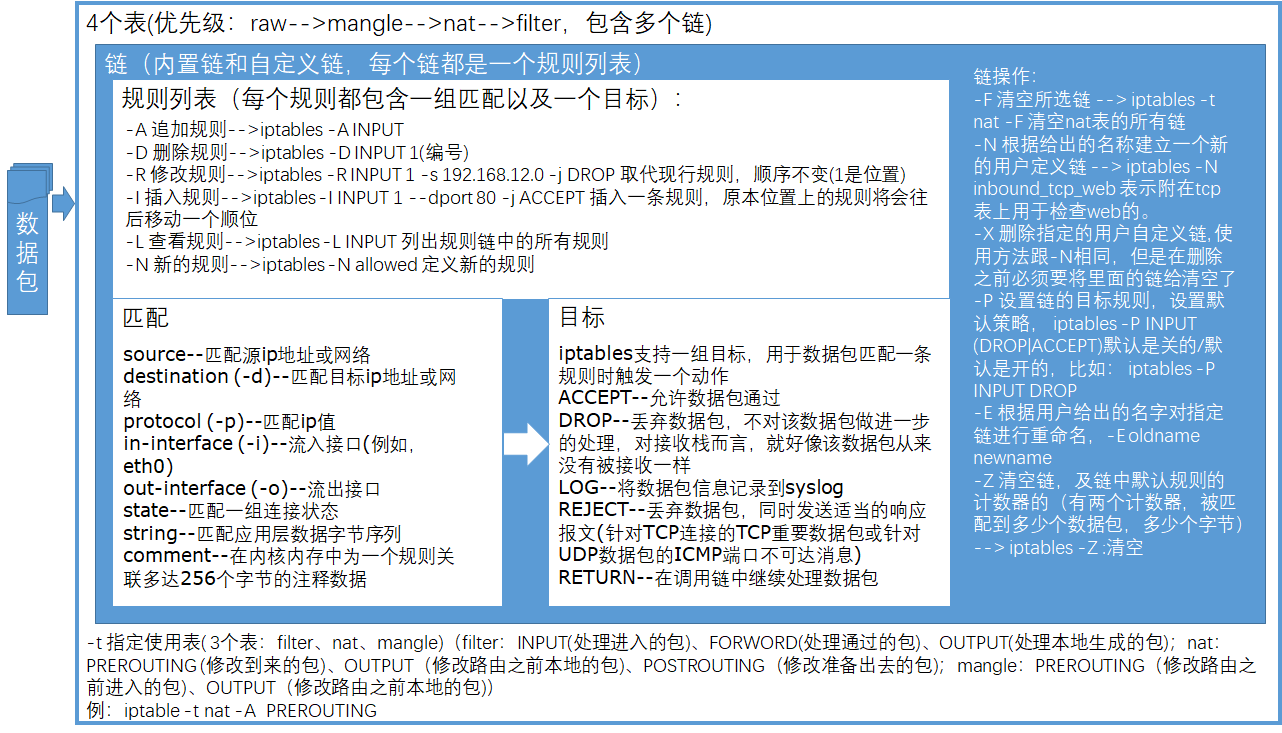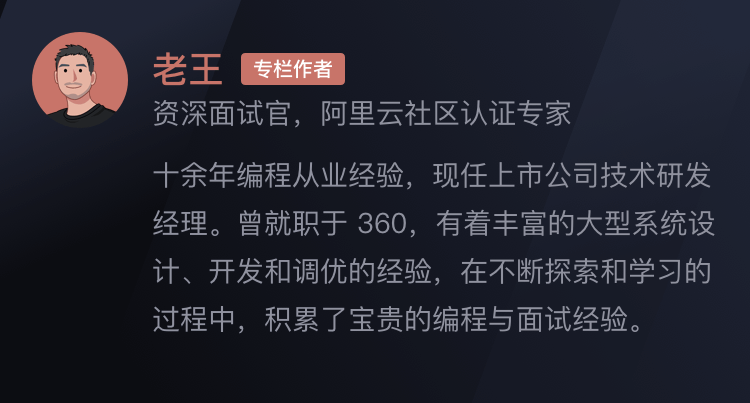SpringCloud——接口互相调用(RestTemplate+Ribbon)
我之前写过两个接口服务user和student,现在将它完善一下
user,创建一个接口 localhost:12003/getUserList 返回一个json数据,用来做测试

UserApi.java
package com.springcloud.demo.api;import java.util.List;import org.springframework.beans.factory.annotation.Autowired;import org.springframework.web.bind.annotation.RequestMapping;import org.springframework.web.bind.annotation.RequestMethod;import org.springframework.web.bind.annotation.RestController;import com.springcloud.demo.domain.BaseJSON;import com.springcloud.demo.domain.po.UserPO;import com.springcloud.demo.server.UserService;@RestControllerpublic class UserApi {@Autowiredpublic UserService userService;@RequestMapping(value="/test",method=RequestMethod.GET)public String test() {return "Hello World";}@RequestMapping(value="/getUserList",method=RequestMethod.GET)public BaseJSON getUserList() {BaseJSON json = new BaseJSON();List<UserPO> list = userService.getUserList();if(list.size()<0||list==null) {json.setCode(11);json.setMessage("失败");}else {json.setResult(list);}return json;}}
Service层实现
package com.springcloud.demo.server.imp;import java.util.ArrayList;import java.util.List;import org.springframework.stereotype.Service;import com.springcloud.demo.domain.po.UserPO;import com.springcloud.demo.server.UserService;@Servicepublic class UserServiceImp implements UserService{@Overridepublic List<UserPO> getUserList() {List<UserPO> list = new ArrayList<>();UserPO user = new UserPO();user.setId(1);user.setUsername("lg");user.setPassword("123456");list.add(user);user.setId(2);user.setUsername("lxy");user.setPassword("123456");list.add(user);return list;}}
Student 调用 user的restFul接口,获取数据,然后将数据重新封装

首先我们需要注入RestTemplate,这里我们图方便加载BootMain中了,使用@LoadBalanced注解标明
package com.springcloud.demo;import org.springframework.boot.SpringApplication;import org.springframework.boot.autoconfigure.SpringBootApplication;import org.springframework.cloud.client.discovery.EnableDiscoveryClient;import org.springframework.cloud.client.loadbalancer.LoadBalanced;import org.springframework.cloud.netflix.feign.EnableFeignClients;import org.springframework.cloud.netflix.hystrix.dashboard.EnableHystrixDashboard;import org.springframework.context.annotation.Bean;import org.springframework.scheduling.annotation.EnableScheduling;import org.springframework.stereotype.Controller;import org.springframework.web.bind.annotation.RequestMapping;import org.springframework.web.client.RestTemplate;import springfox.documentation.annotations.ApiIgnore;import springfox.documentation.swagger2.annotations.EnableSwagger2;@Controller@SpringBootApplication@ApiIgnore@EnableScheduling@EnableDiscoveryClient@EnableFeignClients@EnableSwagger2@EnableHystrixDashboardpublic class BootMain {public static void main(String[] args) {SpringApplication.run(BootMain.class, args);}@RequestMapping("/help")public String help() {return "redirect:swagger-ui.html";}/**重点看这里*/@Bean@LoadBalancedRestTemplate restTemplate() {return new RestTemplate();}}
service调用实现
【注】:
1、RestTemplate 访问的URL不能携带ip和端口号,不然会报错,改成你所调用的服务在注册中心注册的名字
报错No instances available for 192.168.xx.xxNo instances available for [IP]
2、使用Entity接收RestTemplate获取到的值
@Autowiredprivate RestTemplate rt;//ResponseEntity<BaseJSON> re = rt.getForEntity(url, BaseJSON.class);HttpEntity<BaseJSON> re = rt.getForEntity(url, BaseJSON.class);BaseJSON json = re.getBody();
获取到的json就是我门的目标json对象(BaseJSON自己封装的),里面拥有从user获取到的全部数据
3、在获取对象时候,我们得到的Object无法直接转为目标对象StudentPO,我们可以先将其转为json字符串,然后再转为我们的目标对象,需要在pom.xml中加入jar包,具体java<——>操作可见:json数据对象操作
<dependency><groupId>net.sf.json-lib</groupId><artifactId>json-lib</artifactId><version>2.4</version><classifier>jdk15</classifier></dependency>package com.springcloud.demo.service.imp;import java.util.ArrayList;import java.util.List;import org.springframework.beans.factory.annotation.Autowired;import org.springframework.http.HttpEntity;import org.springframework.http.ResponseEntity;import org.springframework.stereotype.Service;import org.springframework.web.client.RestTemplate;import com.springcloud.demo.domain.BaseJSON;import com.springcloud.demo.domain.po.StudentPO;import com.springcloud.demo.domain.po.UserPO;import com.springcloud.demo.service.StudentService;import net.sf.json.JSONObject;@Servicepublic class StudentServiceImp implements StudentService{@Autowiredprivate RestTemplate rt;@Overridepublic List<StudentPO> getStudentList() {//使用RestTemplateString url = "http://user/getUserList";/*** String url = "http://192.168.99.115:12001/user/getUserList";* 报错:No instances available for [IP]*///ResponseEntity<BaseJSON> re = rt.getForEntity(url, BaseJSON.class);HttpEntity<BaseJSON> re = rt.getForEntity(url, BaseJSON.class);BaseJSON json = re.getBody();List<UserPO> userList = new ArrayList();List<StudentPO> studentList = new ArrayList();if(json.getCode()==0) {userList = (List<UserPO>) json.getResult();for(Object obj:userList) {JSONObject jsonObject = JSONObject.fromObject(obj);UserPO user = (UserPO)jsonObject.toBean(jsonObject,UserPO.class);StudentPO student = new StudentPO();student.setId(user.getId());student.setName(user.getUsername());student.setPassword(user.getUsername());student.setGrade(1);studentList.add(student);}}else {studentList = null;}return studentList;}}



































还没有评论,来说两句吧...